
Here's some of what is coming soon to NeurologyLive® this week.

Nicoline Schiess, MD, MPH, and colleagues offer insight into the recent publication of the World Health Organization’s 6 action steps aimed at addressing global disparities in individuals with Parkinson disease.

The Parkinson disease agent showed a safe and tolerable profile, with significantly greater improvements in MDS-UPDRS-III scores and OFF time per day.

Test your neurology knowledge with NeurologyLive®'s weekly quiz series, featuring questions on a variety of clinical and historical neurology topics. This week's topic is stroke and cerebrovascular disease.

The explosion of new science and legislative decisions have expanded the capabilities and reach of newborn screening, providing thousands of families every year an opportunity to seek early, and critical, care for their infants.

Danielle Kipnis, MA, of Columbia University, discussed key components of a yoga program for individuals with functional neurological disorder and from the evaluation, found it feasibility as an intervention.
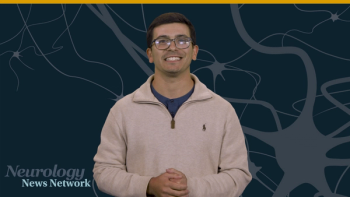
Neurology News Network for the week ending September 17, 2022. [WATCH TIME: 4 minutes]

Take 5 minutes to catch up on NeurologyLive®'s highlights from the week ending September 16, 2022.

According to a recommendation from the US Preventive Services Task Force, clinicians should individualize the decision to offer or refer adults without cardiovascular disease risk factors to behavioral counseling interventions to promote a healthy diet and physical activity.

Over a 2-year period, patients demonstrated improvements in Parkinson’s Disease Questionnaire scores, along with a 35% improvement in MDS-UPDRS-III scores.

Treatment with NurOwn resulted in response on several secondary outcomes, including timed 25-foot walk, 12-item multiple sclerosis walking scale, and low contrast letter acuity, among others.

Approximately half of the respondents with a history of headache screened positive for migrainous headache by ID-migraine criterion with most reporting moderate to severe intensity headache.

In addition to headache, other COVID-19 symptoms such as anosmia, myalgia, and nausea or vomiting were associated with higher survival rates.

The professor of pediatrics at Case Western University discussed the complexities and negative effects for children drastically change their sleep schedules as school begins. [WATCH TIME: 3 minutes]

Patients who demonstrated increased central pulse pressure and forward wave amplitude had greater entorhinal tau burden. These measures were not associated with amygdala, inferior temporal, nor precuneus tau burden.

Results from a study provide a link between the association of multiple sclerosis and Epstein-Barr virus which could pave the way in the future for the development of new MS therapies.

An overview of the shifting landscape of antiseizure medication and various neurostimulation devices is shared by the clinical assistant professor of neurology in the Comprehensive Epilepsy Center at NYU Langone Health. [WATCH TIME: 5 minutes]

Long-term use of the Constant Therapy program was feasible in a patient population with Alzheimer disease, as shown by the rate of adherence (80%) and use of the program over 24 weeks.
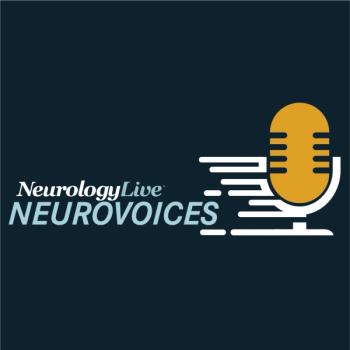
The molecular biologist at the Cleveland Clinic Lerner Research Institute discussed the unanswered questions regarding biomarkers sTREM2 and GFAP, and the role they play in Alzheimer pathology.
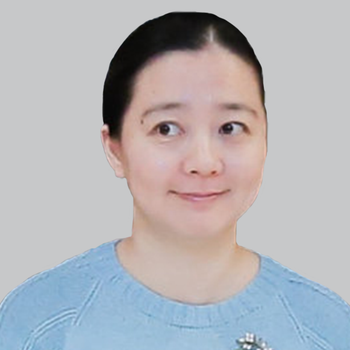
Among a cohort of more than 300 patients in China, those with APQ4 positive NMOSD reported a significantly lower risk of relapse among those treated with rituximab compared with the other groups.
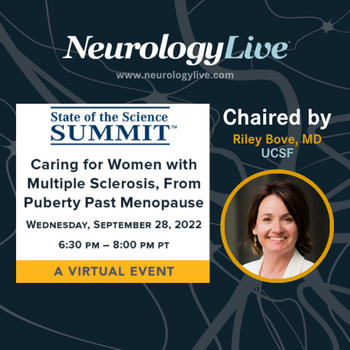
Chaired by Riley Bove, MD, this NeurologyLive® State of the Science Summit will be held virtually at 6:30 PM on September 28, 2022. Register for free now!

In a previous phase 2 study, patients treated with fosgonimeton alone demonstrated potentially beneficial change in ERP P300 latency, as well as cognitive improvement, compared with placebo at 26 weeks.
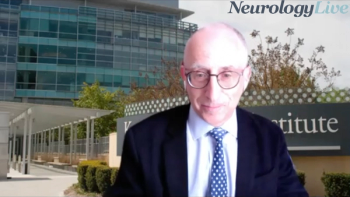
The director of medical outpatient services at the Kennedy Krieger Institute discussed the long-term effects of the updated developmental milestone guidelines and the need to judge children based on the 75th percentile. [WATCH TIME: 7 minutes]

Infudopa SubC, or subcutaneous DIZ102, demonstrated 100% bioavailability compared with 80% for intestinal administration of levodopa/carbidopa gel infusion.

The treatment, previously known as NNZ-2566, is supported by data from the LAVENDER study. With no plans to hold an advisory meeting, the agency set a PDUFA date of March 12, 2023, for the Acadia Pharmaceuticals product.

Evidence suggests that COVID-19 may induce venous thromboembolism, with an estimated 30% of patients hospitalized with COVID-19 developing the condition.

The rate of tissue loss on OCT and MRI appears different, with retinal degeneration occurring more quickly earlier in the course of the disease.

Here's some of what is coming soon to NeurologyLive® this week.

A doubling of mean seizure intervals was demonstrated from period 1 to period 4 for the 76-patient cohort who received the Neurelis nasal spray treatment across 360 days.
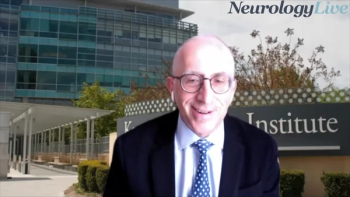
The director of medical outpatient services at the Kennedy Krieger Institute discussed how the clinical community has approached children who fail to reach developmental milestones in part because of poor home lifestyle. [WATCH TIME: 3 minutes]